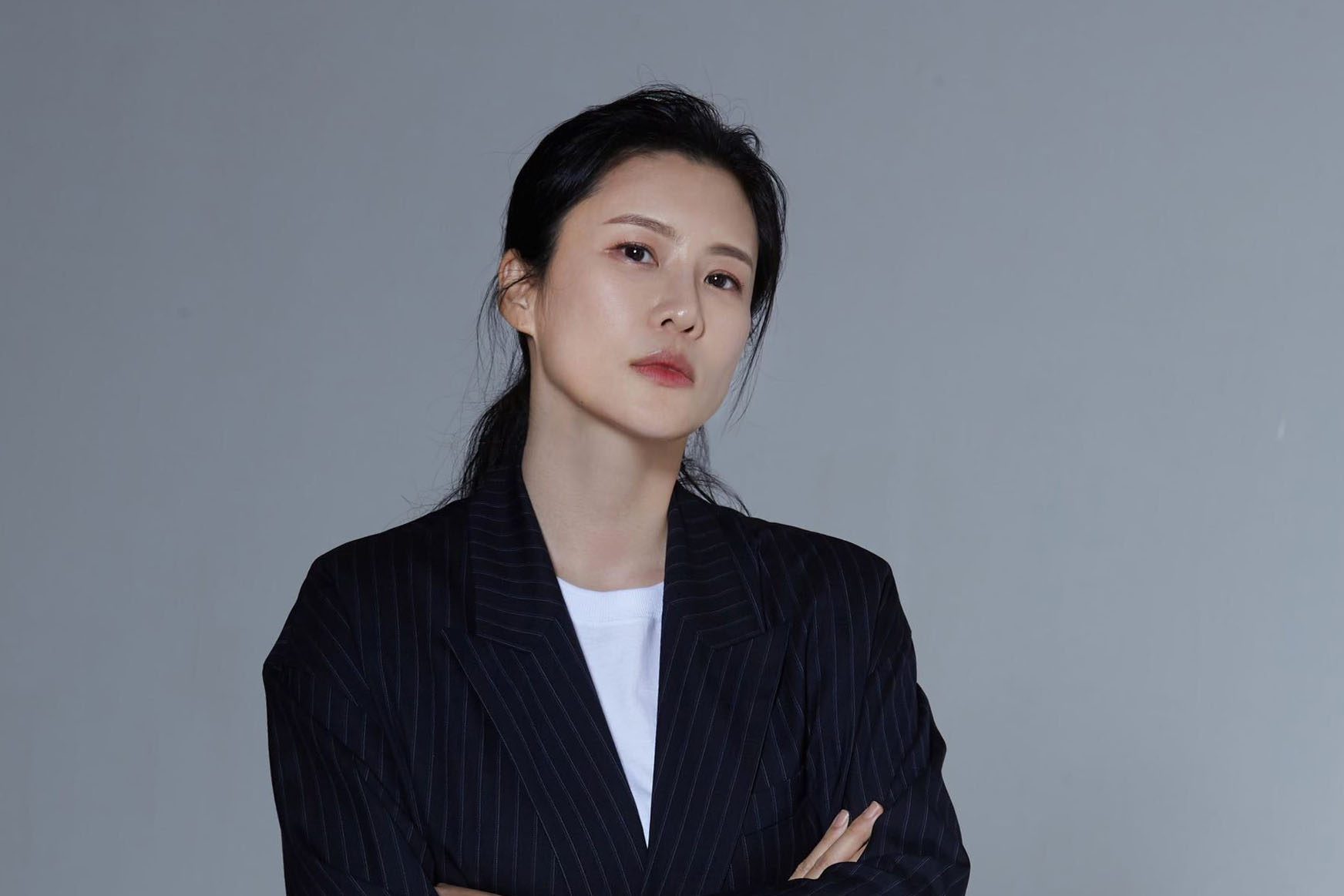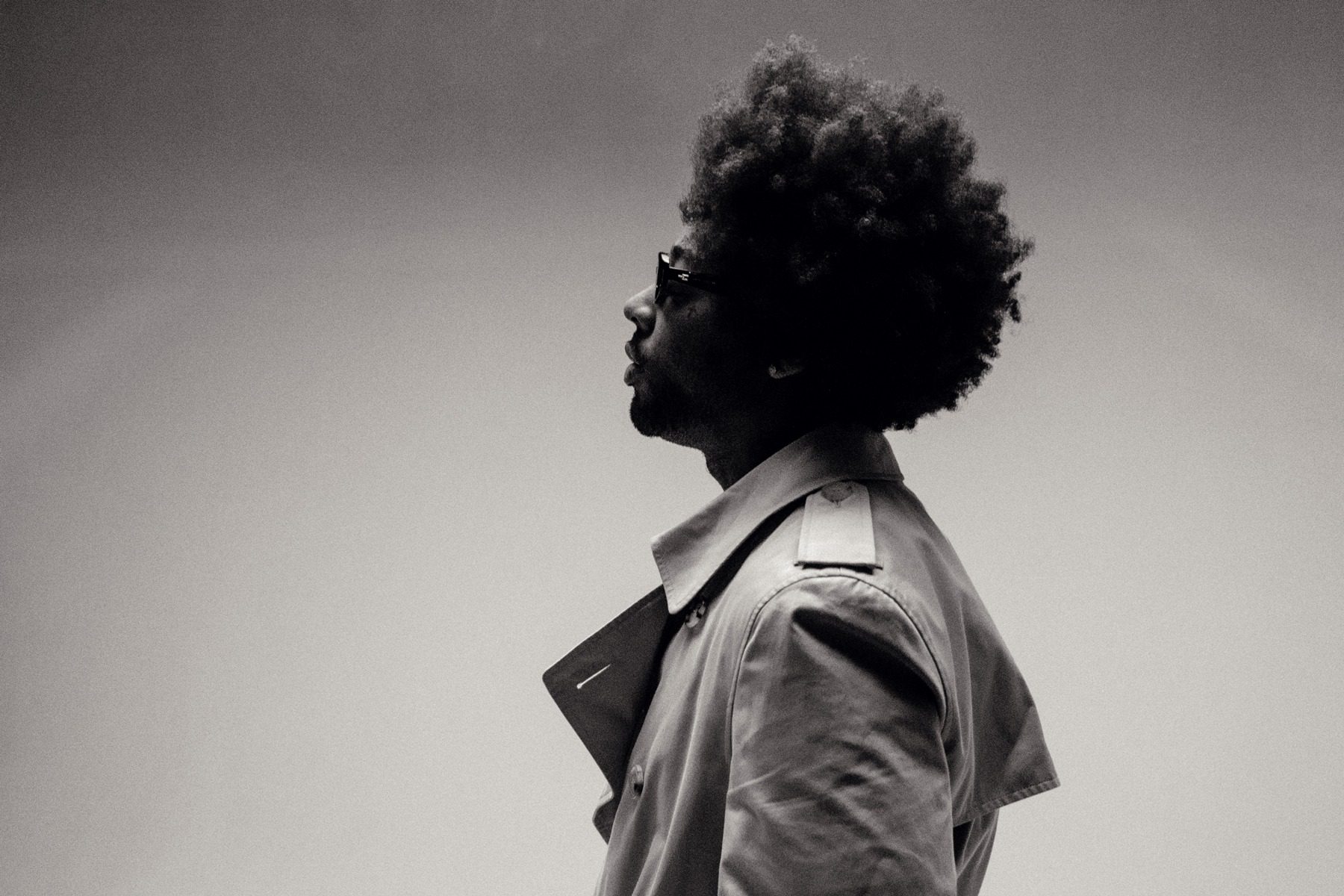
Meet the Veteran Producer Behind Dozens of K-Pop’s Biggest Hits
It begins with a crystalline, whistling melody. It’s sweetly seductive as it crests and dips, beckoning you closer. All of a sudden, NCT 127’s “Favorite (Vampire)” plummets into a quirky, hip-trap groove, where the rappers spit about a dangerous love that hurts so good. But this stark departure from its melodic beginning is all in anticipation of the main event, the chorus, where that haunting refrain bursts forth once again — but this time, as a powerful anthem, cradling dazzling harmonic layers of the group’s honeyed vocals.
In many ways, this song is signature SM Entertainment, where amid quirky production flourishes — think sudden tempo changes, mish-mashed genres, creative interludes — vocals rule above all. But more specifically, it bears the fingerprints of someone who’s helped shepherd SM’s emblematic K-pop sounds and textures practically since its inception. That person is KENZIE, the SM Entertainment producer and songwriter who’s worked to build the sound of K-pop as we know it for more than two decades.
Since she joined the K-pop juggernaut in the early 2000s, KENZIE has been credited on hundreds of songs, at least 30 of which were Top 10 singles in Korea. She’s written and produced for nearly every group that’s walked through the SM doors (and more recently, a few outside of the agency as well), from Queen of K-pop BoA to budding newcomer girl group Aespa. Hers are songs that have become canon: Girls’ Generation’s “Into the New World,” EXO’s “Monster,” Red Velvet’s “Red Flavor,” NCT 127’s “Limitless,” to name a few. Taken a flight on Korean Air? Then you’ve likely heard a KENZIE original serenading you through the safety instructions.
But while her work may be ubiquitous, the producer herself is a relatively shrouded figure. Her only interview over her storied career appears in the online journal of her alma mater, Berklee College of Music in Boston, where she graduated in 1999. In person, she comes off with an understated cool — wearing a simple graphic T-shirt, her face framed by a pair of square, transparent lenses. Though she certainly has been elusive over the years, that doesn’t translate to any sort of aloofness. KENZIE emanates a shy warmth, often laughing at herself and with her publishing colleagues as she ponders a question.
Born Kim Yeon-jung, the South Korea native grew up surrounded by music. Her mother majored in classical vocal music, and early on, her family members identified KENZIE’s own musical talent. “I felt I had strong musical DNA inside me,” she says in Korean. “If I heard a song, I could play it on the piano instantly.” She laughs self-consciously. “It’s kind of embarrassing to say this kind of stuff about myself, but playing instruments was easy for me, even if I didn’t [formally] learn.… So I felt a little different from others.” Fast-forward a handful of years, when KENZIE left South Korea to attend Berklee, knowing that she wanted to end up somewhere in the music industry, but wasn’t entirely sure where she’d fit. K-pop itself had only just begun to grow in South Korea in the early Nineties, with groups like Seo Taiji and Boys and H.O.T. who were finally finding their footing in the music scene. “Rather than K-pop, I wanted to produce music, and it naturally led to K-pop,” KENZIE says. “Even though I grew up heavily influenced by classical music, playing instruments like piano, I felt that what I was hearing in pop and electronic at the time was the future of the next generation of music, and that’s why I was very intrigued by the pop musical scene in general.”
She heard about the increasing success of SM Entertainment back home, and sent over a few demos. Not long after, she inked a deal with founder Lee Soo-man and began her career in an industry that was still trying to define itself.
For the majority of the next decade, KENZIE would craft songs nearly entirely by herself, including her first Number One hit, BoA’s “My Name,” in 2004. “At the time, songwriting camps didn’t exist, so all the producers and songwriters had to take care of everything starting from the track to the top line, so we all had to start from scratch and do the full production,” she says. “All the labels would collect demos, and at the time when there was a certain project, they’d send out the briefs to all the producers in Korea, and they’d send back demos, making everything from scratch, and pitch songs to the labels.” The sound was much like what was blasting from the Walkmans of young people stateside. “It was the early 2000s, people like Britney Spears, producers like Max Martin dominated the pop sound. I’m not saying that every producer in Korea looked up to that sound, but at least they had some kind of influence. I would say it was a global trend at the time.”
“My Name” certainly carries that emblematic texture of the early aughts — a spunky mix of R&B and pop reminiscent of Destiny’s Child and Britney — but also the first markings of a KENZIE production, with dramatic, layered strings and guitar evocative of her classical background. Over time, KENZIE’s influence became even more apparent. “In a broader sense, it feels like melody is the significant and essential element of my songs,” she says. “I see melodies as the key that drives the song forward.” The songs she subsequently released during this era — including Number Ones “Show Me Your Love,” by TVXQ! and Super Junior, as well as Girls’ Generation’s “Oh!” — fell mainly on the spectrum of R&B ballad and bubblegum pop, with strong vocal harmonies at their core.
Around 2013, things began to change. SM CEO Chris Lee, who was the then-head of production, brought the idea of the songwriting camp from Europe to Seoul. KENZIE was one of the first Korean producers to attend, collaborating for the first time with creatives from the U.S. and Europe. “At the time, it all felt very fresh,” KENZIE recalls, eyes brightening with nostalgia. “The beauty of songwriting camp is that there are actually no certain rules or set methods, but it revolves more around a certain point where all the ideas come together, making great chemistry. It was something East meets West. These [gave the songs we were making] a different character.” She points to the example of EXO’s “Overdose,” a high-drama EDM track that eventually soared to Number One in 2014.
Here’s what she means by “East meets West”: For instance, she says Western (or U.S.) melodies tend to maximize the use of one specific melodic motif by repeating it throughout the whole song. “In contrast, K-pop melodies certainly have some repetitive aspects, but on top of that, there are also some unexpected melodic changes as well. Compared to other genres, K-pop tends to have more dramatic transitions between each section of the song, more emotional melodies, and rather maximal track (instrumental) layers,” she says. “In the end, these bits of changes eventually lead to a one, big musical theme. If I were to visualize these K-pop melodies, I would think of a fractal structure. Personally, I feel that every chord progression always has this one special note, which when laid on top, unexpectedly completes the progression and makes it a pleasing phrase that hits our ears. I always dig for this one special note till I get satisfied.”
Since then, KENZIE has worked on at least one Number One (or within the Top Five) a year, and has broadened the spectrum of genres she works in. Red Velvet’s 2016 B side “Some Love” is tropical house; EXO-CBX’s “Playdate” dabbles in disco; Super Junior’s collaboration with Leslie Grace, 2018’s “Lo Siento,” plays with a mixture of tango, dembow riddim, and pop reggaeton. She reflects fondly on a recent successful collaboration, NCT Dream’s lead single “Hello Future” off of their 2021 EP of the same name. “[Due to the pandemic], Moonshine, Adrian McKinnon, and I exchanged ideas for ‘Hello Future’ via lots of emails, Zoom sessions, and KakaoTalk [Korean WhatsApp], not knowing that this simple process would take more than a month,” she says. “Even finalizing the lyrics had some obstacles too, because the A&Rs and I had differences on the main theme and use of certain words. However, I had belief in my ideas and tried to persuade the team. We are all very happy how it came out to the world.”
But it’s not only music that needs to evolve and re-invent itself as time goes on — so does the way it’s made. In fact, KENZIE admits that the spark that came with the adoption of the camps has begun to fade. “Nowadays, because all the major labels try to adopt the same system, inviting producers from different countries to run song camps, now I feel like the freshness and newness is losing edge,” she says thoughtfully. “And that as a producer is the most challenging thing these days.” But KENZIE isn’t one to dwell on the past — in fact, she’s made it her ethos to constantly look forward.
“I try to overcome it by seeking new song structures, new melodies, new ways to collaborate, and new ways of making music. In terms of the melodies — I tend to care a lot about melodies — we often say that all possible melodies have been made and put out in the world,” she says, a sly smile playing on her face. “But I still look for new melodies, something that is different from melodies from the past. Something that would revolutionize the music industry.”
The K-pop industry certainly looks different than it did when KENZIE first began at SM, but she points out that it’s been more than a sonic evolution. “Listeners engage with K-pop not just as music, but more like multifaceted content. That’s how it’s been evolving and changing,” she says. “To be specific, I enjoy when I write or release a song, the lyrics tend to be metaphoric with hidden meanings inside, and I find that fans these days try to predict what exactly it means, and write a lot of comments on YouTube and stuff. I found this very amusing and am very happy that they do that. Fans playing and having fun with K-pop content.”
Most of us are relatively passive consumers of music, grabbing onto trends as they come along, naturally gravitating to what resonates with us. KENZIE, however, doesn’t necessarily have that luxury. She constantly needs to reach for sounds that haven’t existed, and work in new directions that she hopes will move those who listen. But despite the Herculean task, she remains self-assured. “I personally am not trying to consider too much about the trends, rather I just try to be myself and just pull out something original from inside,” she says. “I don’t know what the plan is, or what the trend is for now. But I start with following the own individual styles, characters, and personalities of the artists I work with, so I try to take care about those factors. When I’m writing, I try to be very immersive — just like breathing, you don’t really notice that you’re breathing, right?”
So while the future is uncertain, that’s where KENZIE works best — unencumbered by expectations and free to move at her own pace. “I’m full of ideas, just not enough time,” she says jokingly. “As Korean entertainment has been blowing up globally, if there are any great opportunities, I would like to participate more overseas as a K-content creator, especially by producing original soundtracks for global movies or dramas.” But her main aspiration is simple, and has nothing to do with charts or what she may find in her time-tested crystal ball: “If people can feel all the different kinds of emotions when listening to my music, and use it as the soundtrack of their life, it would make me most grateful and happy.”
This piece appears in IndieLand’s annual Hot List, in the July-August issue of the magazine.




